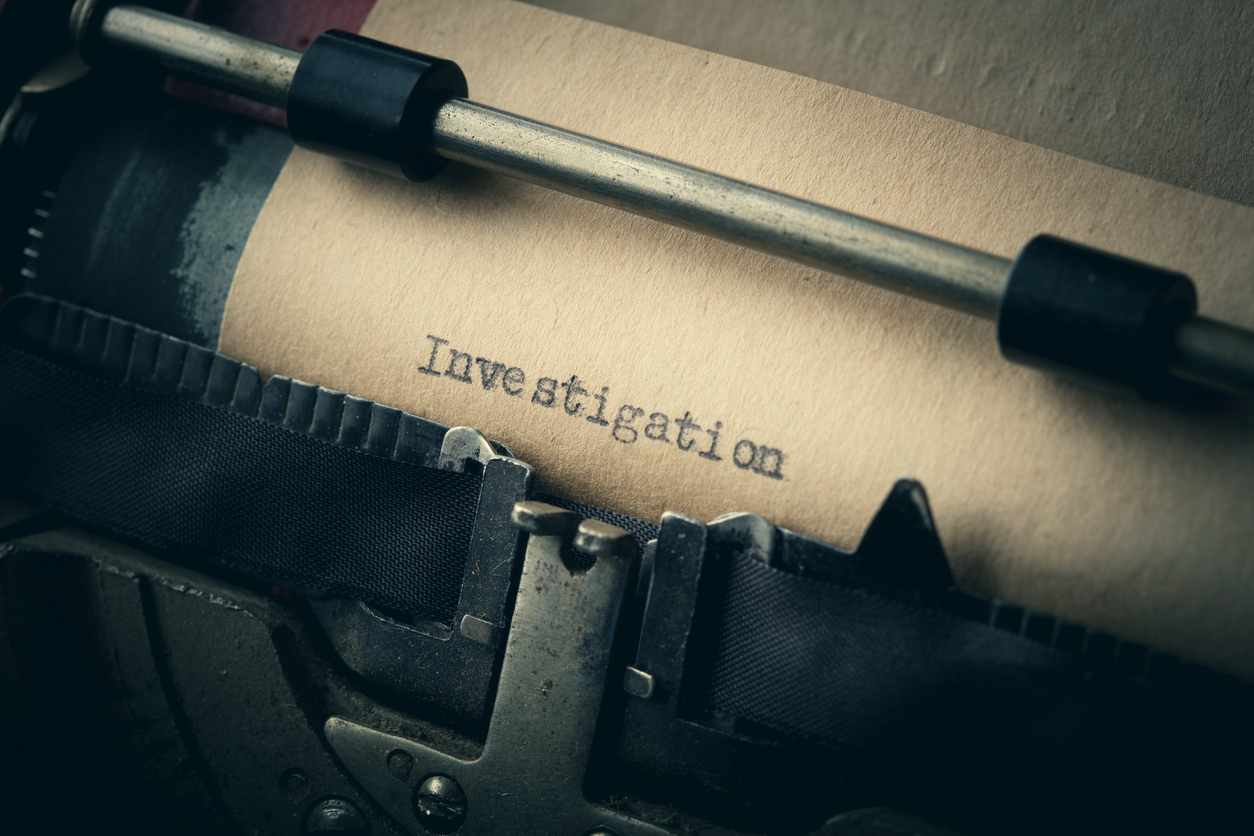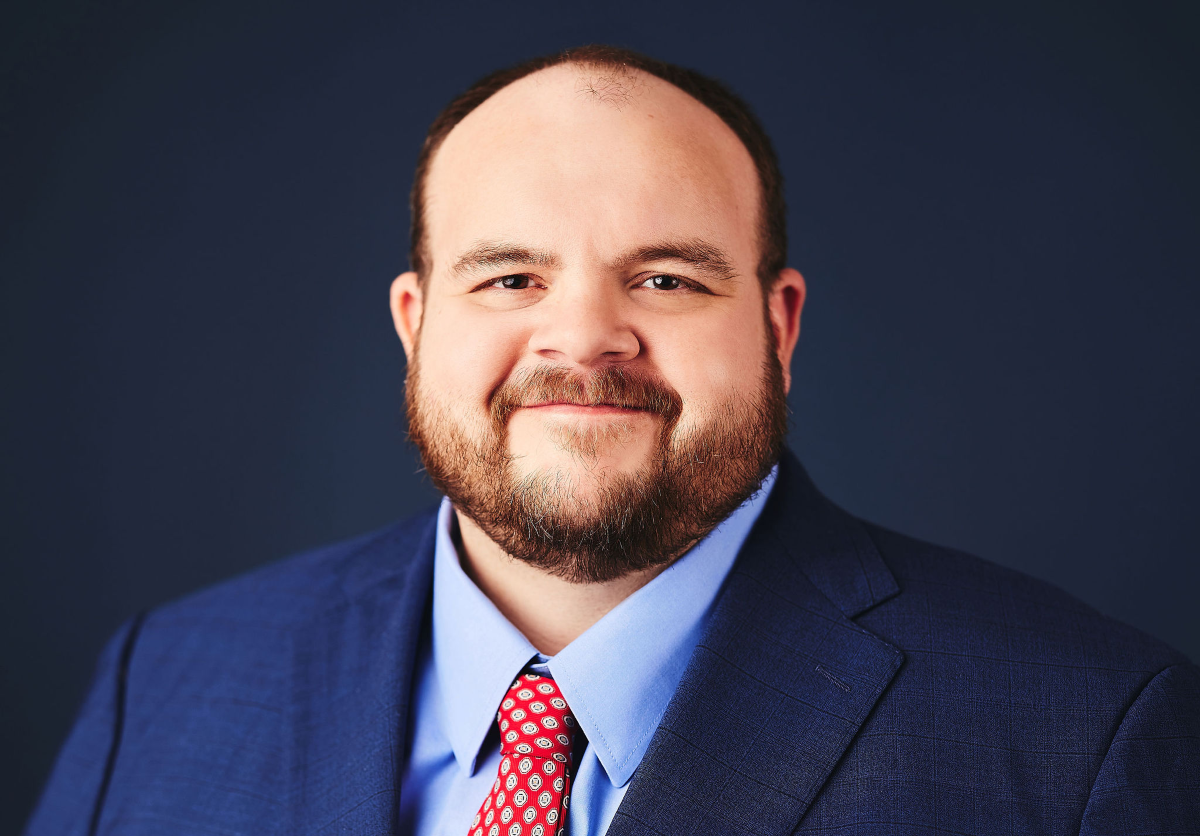It is not uncommon that a homeowner may suffer hailstorm damage and receive an actual cash value payment, but not make all the repairs before the next hailstorm hits. This is the situation that arose in Selective Insurance Company of South Carolina v. Sela.1
The insured owned a large home with a complicated and expensive cement-tile roof. He also had additional structures on his home, including a garage, pool house, and gazebo, each clad with copper. The home was extensively damaged by a 2010 hailstorm, and the insured made a claim to his carrier, Lexington Insurance Company. Acknowledging the hail damage, Lexington paid out over $500,000 on an ACV basis.
In 2011, after the hailstorm but before repairs had been completed, the insured switched insurance carriers to Selective. Selective inspected the property, examined all the 2010 hail damages, and issued a homeowners policy that did not exclude any pre-existing damage.
Between 2012 and 2015, the insured, who owned a large roofing company, used his extensive contacts, and cash, to repair certain aspects of the hail damage. The insured never sought any portion of the holdback from Lexington. In total, the insured spent about $215,000 in select repairs.
In 2015 another hailstorm damaged the insured’s property, and he submitted a claim to Selective. During Selective’s initial inspection, the insured pointed out various items that had been repaired, and those items which had not been repaired since the first hailstorm. Selective reported that the damage from the 2015 hailstorm was “significant.”
After receiving an anonymous letter that accused the insured of fraud, Selective through SIU began a fraud investigation. The insured repeatedly told Selective that he had not repaired all the damage and explained that he had only spent about $215,000 to make select repairs to the property. In its fraud investigation, Selective focused on proving whether all of the damage from the 2010 hailstorm could have been repaired for $215,000, something the insured never asserted. As part of its investigation, Selective retained an expert who was provided with only some evidence, including the anonymous letter, which Selective knew to be unreliable. The expert concluded that most of the damage caused by the hailstorm in 2010 had not been repaired, despite the fact that Selective had in its possession verified receipts and invoices that showed that repairs had been made to four pieces of property that its expert claimed were unrepaired.
The attorney for Selective recommended denying the claim on the grounds of fraud and proceeded with filing a declaratory-judgment action. The insured filed a counterclaim, including a claim for bad faith. The jury, after a brief deliberation, found that the insured had not committed fraud.
The court then turned its focus to whether Selective had acted in bad faith. In assessing Selective’s conduct, the court focused on its investigation:
In deciding whether an insured committed fraud, nothing is more important than identifying the words that the insured spoke or wrote. After all, the essence of fraud is a lie – a false statement made by the insured.2
Unfortunately for Selective, no one could identify what the insured actually said. Throughout the course of the litigation, Selective struggled to identify a single material fact or circumstances that had allegedly been misrepresented, despite being ordered by the court to do so.3 Instead, Selective chose to focus its investigation on something the insured never said: that he had made all repairs for $215,000.
The court found that Selective had acted in bad faith as it did not have a reasonable basis for denying the benefits of the insurance policy, and acted with reckless disregard—particularly where Selective never took the time to identify what the insured said and whether it was true.
The court’s opinion (which is worth a read if you have extra time) provides a detailed discussion of its analysis in finding that Selective had acted in bad faith. It is a good reminder for attorneys to drill down on the particular statements an insured allegedly made when defending against a claim of fraud.
__________________________
1 Selective Ins. Co. of South Carolina v. Sela, No. 16-4077, 2020 WL 1922592 (D. Minn. Apr. 21, 2020).
2 Id. at *13.
3 Id. at *9.




